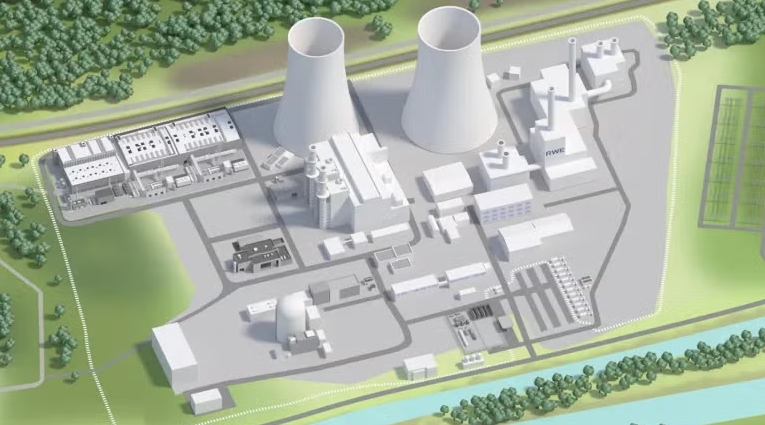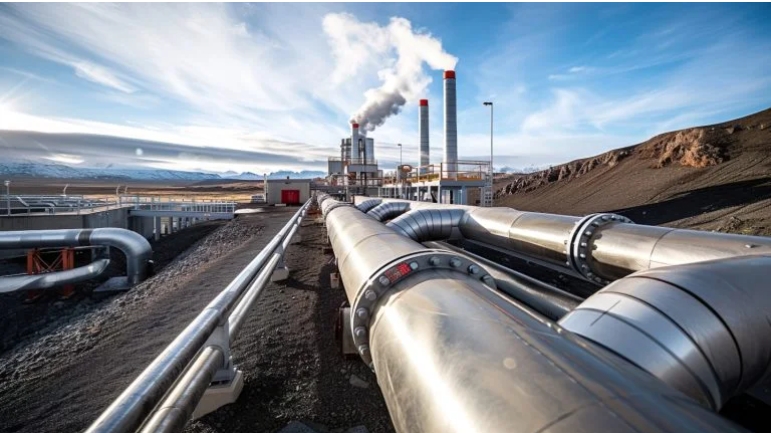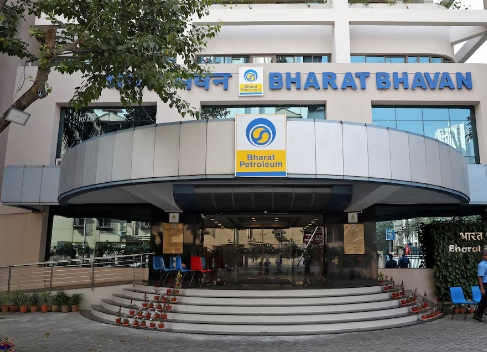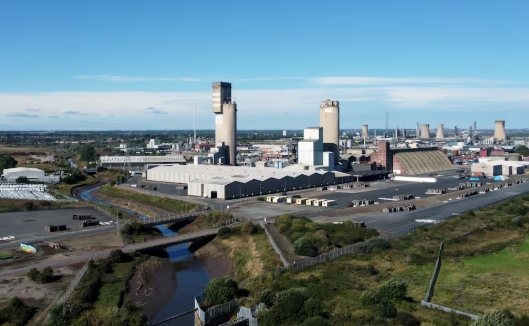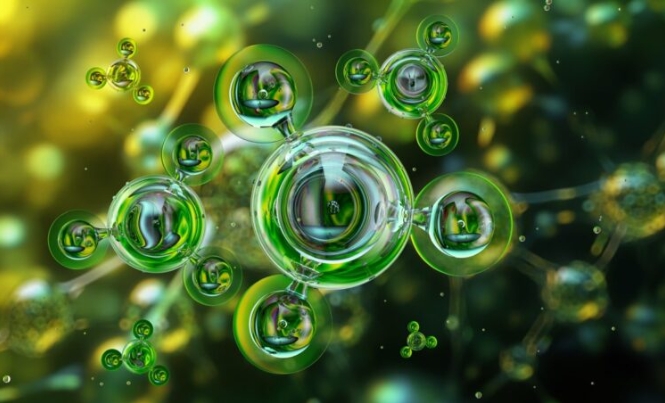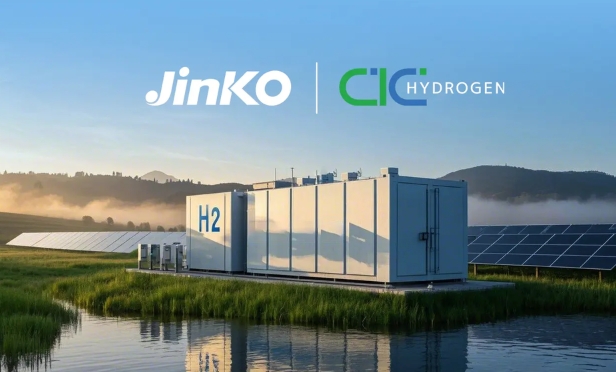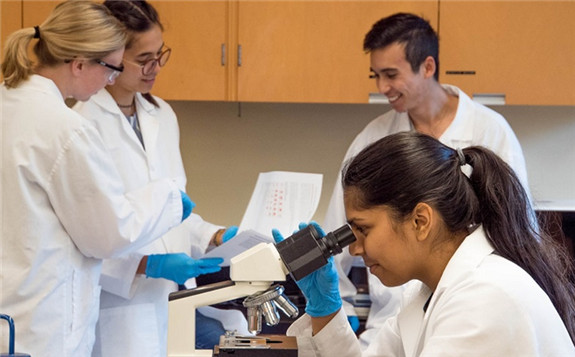
The Hydrogen Materials Compatibility Consortium (H-Mat) is working on improving the reliability and durability of hydrogen fuel infrastructure by identifying alterative and less costly materials that won’t break down, reducing equipment replacement cycles as well as downtime at fueling stations.
The team of scientists are experts in polymer and steel hydrogen compatibility.
H-Mat is a research collaboration that includes a team of world-class scientists lead by Sandia National Laboratories (SNL) and Pacific Northwest National Laboratory (PNNL). The collaboration also includes Oak Ridge National Laboratory (ORNL), Savannah River National Laboratory (SRNL), and Argonne National Laboratory (ANL).
The scientists, who have expertise in polymer and steel hydrogen compatibility, are conducting early-stage research to improve their understanding of how hydrogen affects polymers and metals used in hydrogen fuel infrastructure to store, transport, compress and dispense fuel.
The research team intends to work over a four-year period to enhance durability and reduce costs of seals and storage containers.
The research is expected to be relevant to hydrogen fuel infrastructure in different ways.
The research could be useful to a number of current and emerging applications. Among these include hydrogen storage, hydrogen fueling stations, onboard fuel cell vehicles, and hydrogen energy storage.
The team will reportedly develop strategies to choose or design improved materials utilizing a combination of advanced computation and unique experimental facilities across the national laboratory system, reports Renewable Energy Magazine.
Each member of H-Mat will focus on a specific part of the study. SNL will focus on the metals portion of the study as its Hydrogen Effects of Materials Laboratory is one of a few research facilities in the US that allows for the mechanics materials to be studied in high-pressure hydrogen.
PNNL’s Hydrogen Polymers Characterization Laboratory is home to innovative capabilities for measuring degradation of polymers, including a high-pressure, in-situ dynamic mechanical analyzer, which can study pressure and gas effects on non-metallic materials as well as other specialized instruments that can measure wear and friction on sealing materials. This makes PNNL the ideal candidate to focus on the polymers portion of the study.
Additionally, ORNL will contribute imaging capability and physical metallurgy expertise, SRNL will contribute imaging and testing resources, and ANL will provide chemical analysis capabilities.
